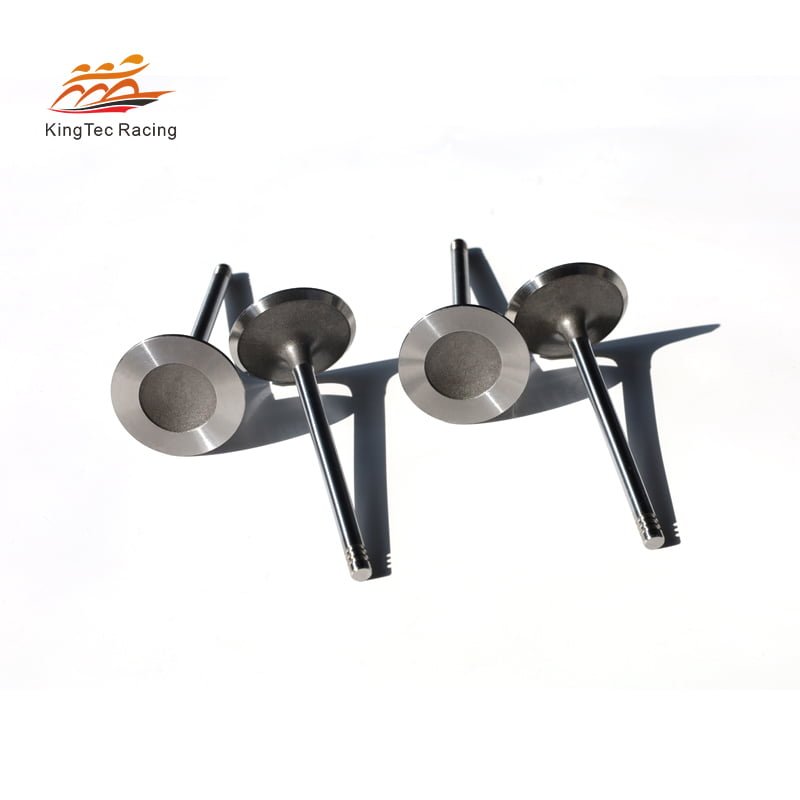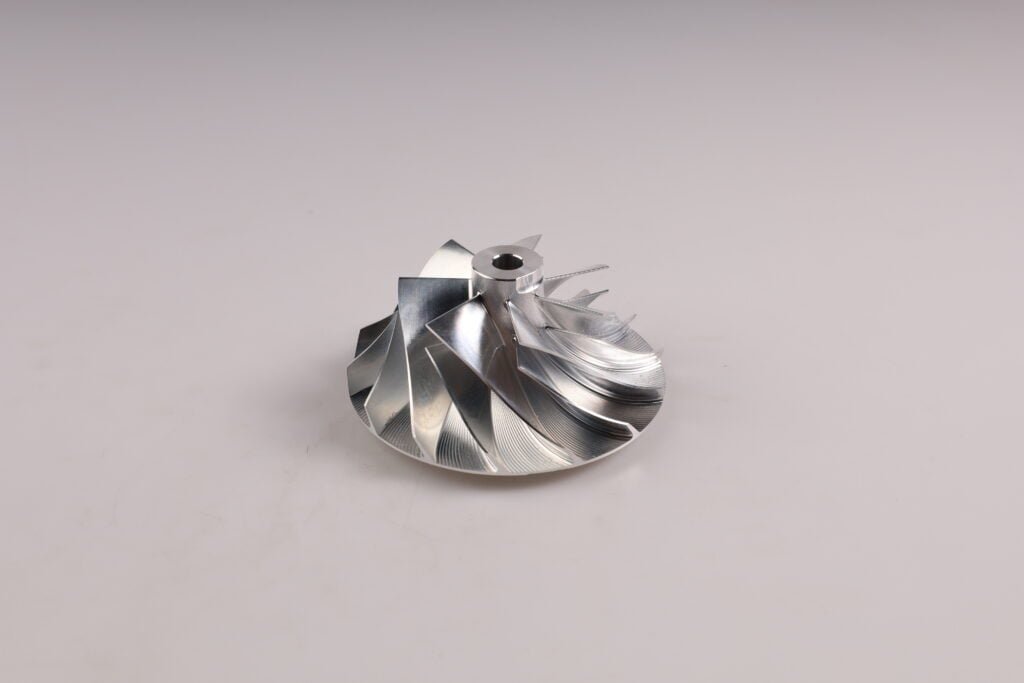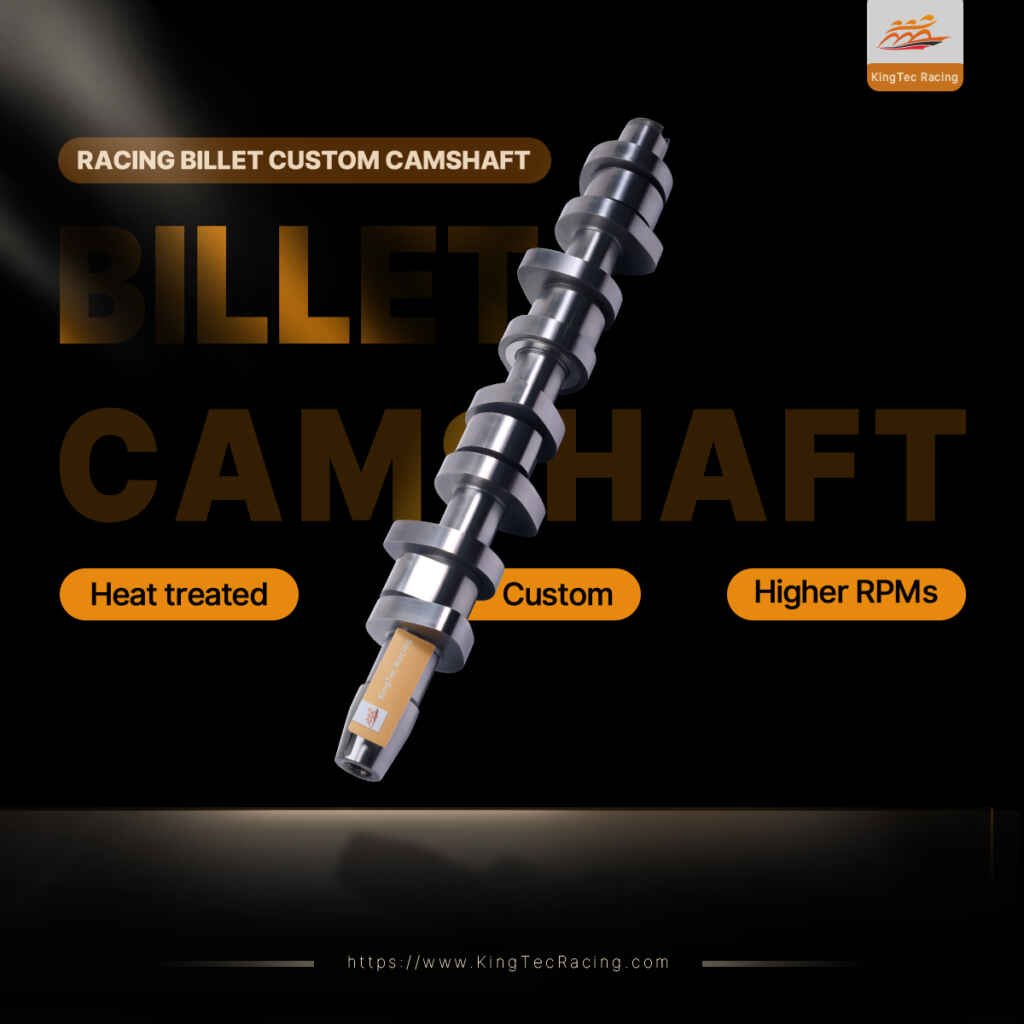Forged and billet crankshafts are two different types of crankshafts used in internal combustion engines. They differ in the manufacturing process and the material they are made from.
1. Forged Crankshaft:
– **Manufacturing Process**: Forging involves heating a metal billet (a solid piece of metal) to a high temperature and then using pressure to shape it into the desired form. In the case of a crankshaft, this involves pressing, hammering, or rolling the heated metal to achieve the crankshaft’s shape.
– **Material**: Forged crankshafts are typically made from steel. The forging process aligns the grain structure of the metal, making it very strong and durable. This is particularly important for high-performance or heavy-duty applications.
– **Strength and Durability**: Forged crankshafts are known for their exceptional strength and durability. They can withstand high-stress environments and are less likely to fail under extreme conditions.
– **Cost**: Forged crankshafts tend to be more expensive to manufacture compared to other types like cast or billet.
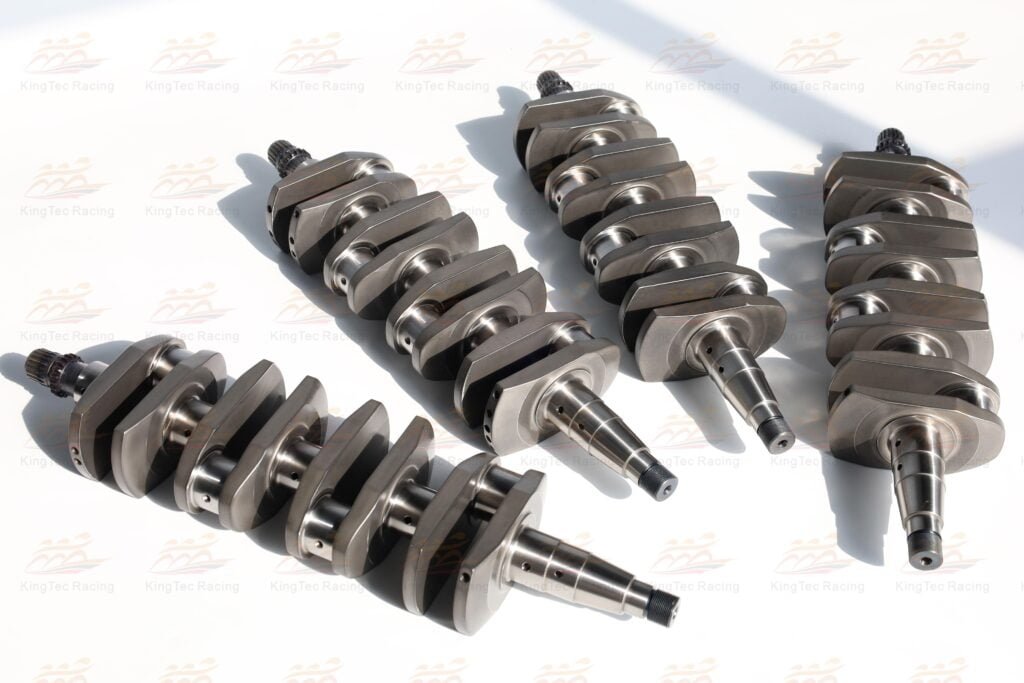
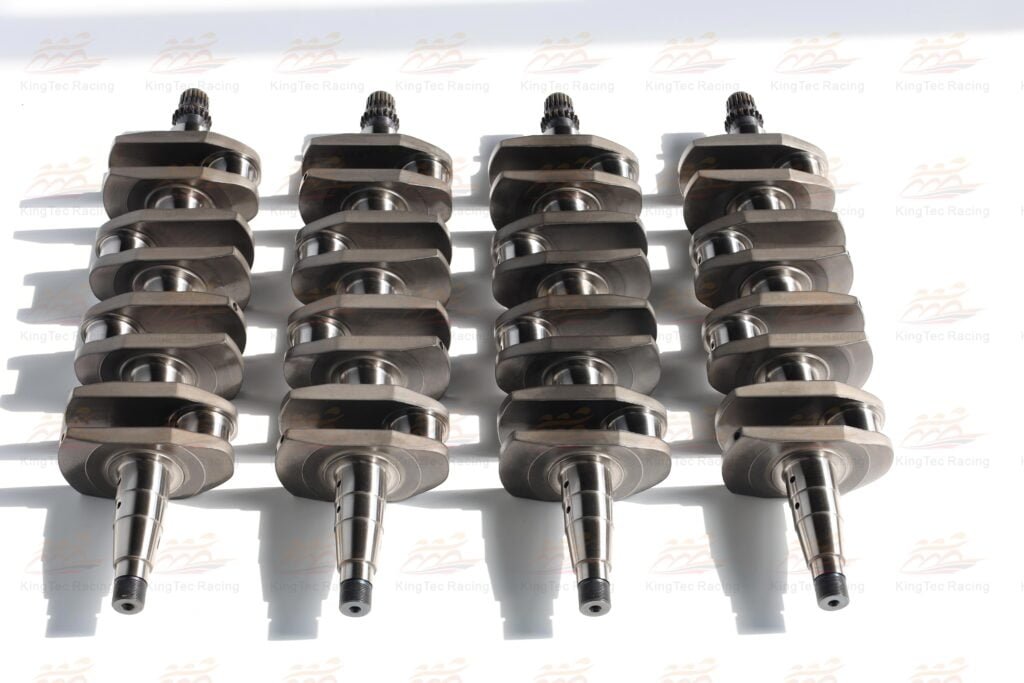
2. Billet Crankshaft:
– **Manufacturing Process**: A billet crankshaft is machined from a solid piece of steel (or other suitable material). It starts as a solid block, and material is removed through milling, turning, and other machining operations until the desired shape is achieved.
– **Material**: Billet crankshafts are also typically made from steel, although they can be machined from other metals or alloys as well.
– **Strength and Durability**: Billet crankshafts are very strong and reliable. The machining process allows for precise control over the final product, and they are often used in high-performance and racing applications.
– **Flexibility in Design**: Billet crankshafts offer more flexibility in design compared to forged crankshafts. This means they can be customized for specific applications or engine setups.
– **Cost**: Billet crankshafts tend to be more expensive than cast crankshafts, but they can be more cost-effective than forged crankshafts depending on the complexity of the design.
Choosing Between Forged and Billet:
The choice between a forged and a billet crankshaft depends on various factors including the specific application, budget, and performance requirements. For high-performance and racing engines where strength and precision are crucial, both forged and billet crankshafts are popular choices. However, if cost is a significant factor, cast crankshafts might be a more economical option. Always consult with an experienced engine builder or machinist for the best choice based on your specific needs and budget.

